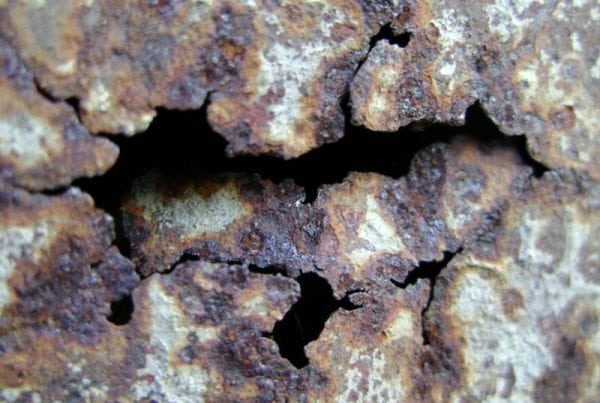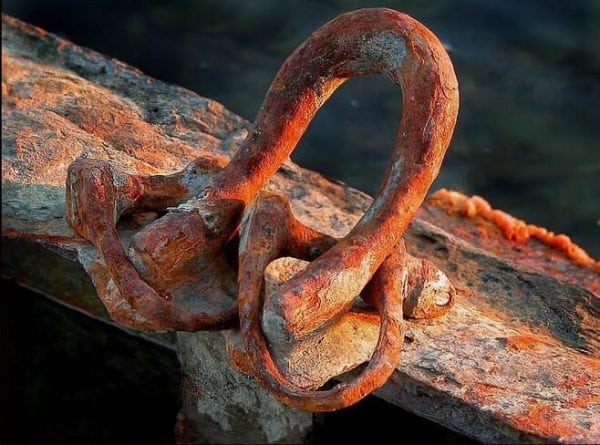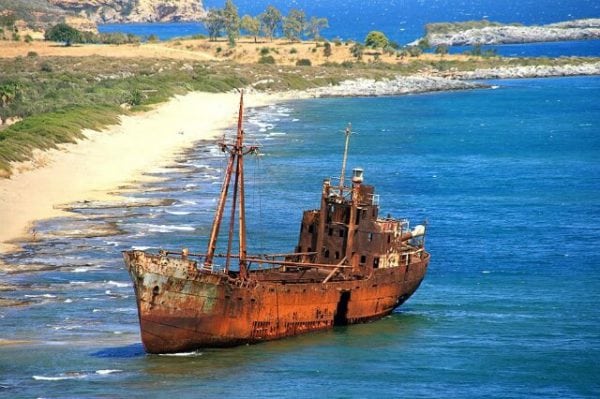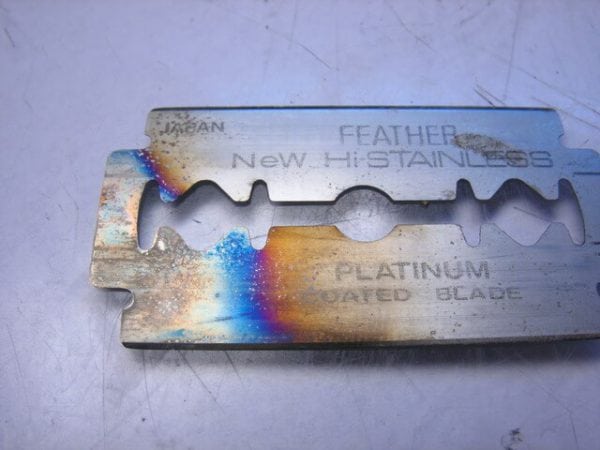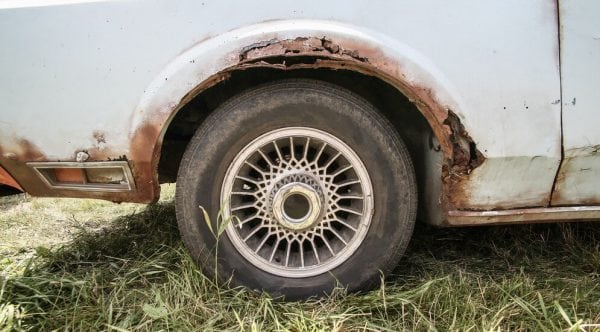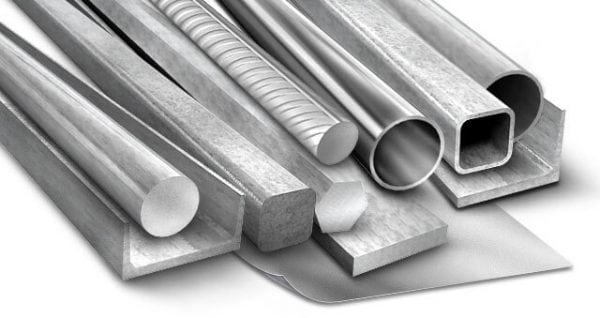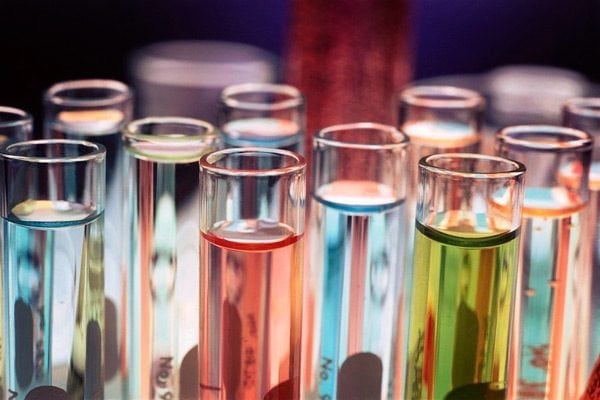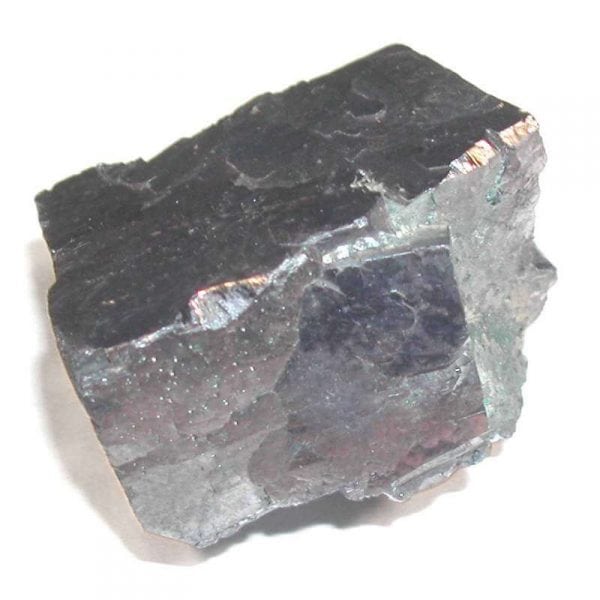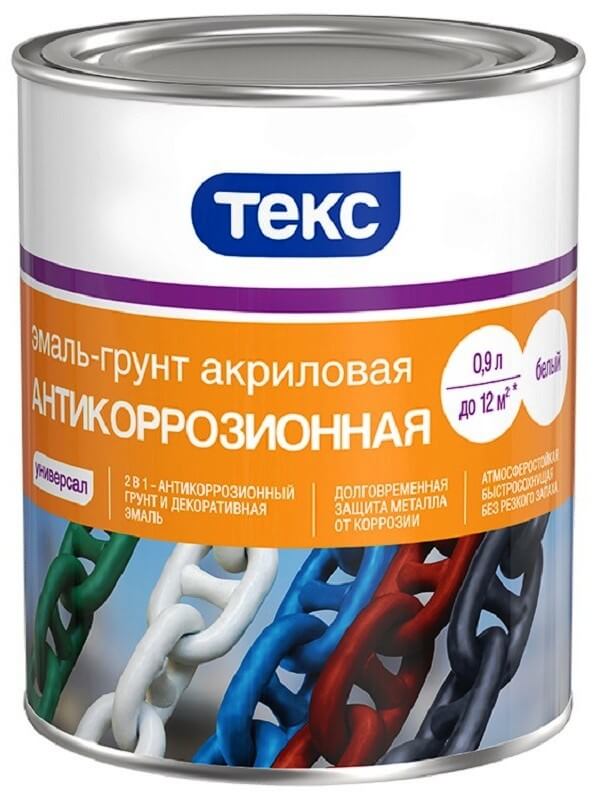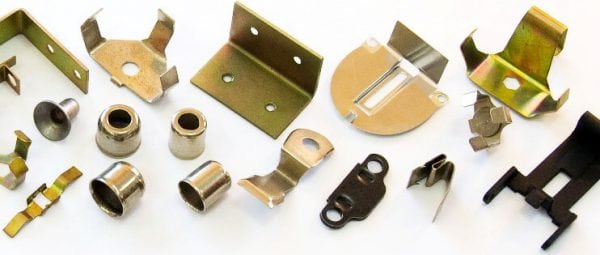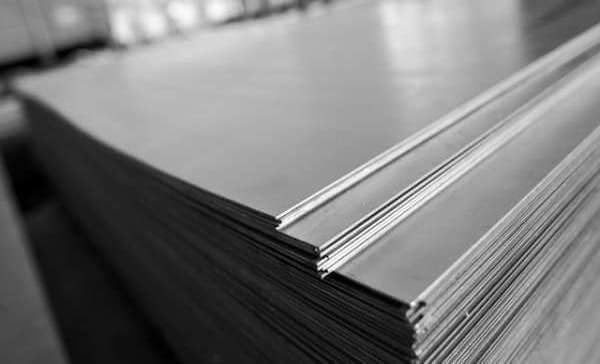Chemical corrosion is a process consisting in the destruction of a metal when interacting with an aggressive external environment. The chemical variety of corrosion processes is not related to the effects of electric current. In this type of corrosion, an oxidative reaction occurs, where the material to be destroyed is at the same time a reducing agent for the elements of the medium.
- Gas corrosion
- Characteristics of the oxide film
- Corrosion rate
- Corrosion in non-electrolyte liquids
- Corrosion Protection Methods
- Organosilicate coatings
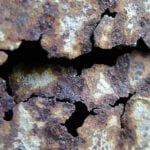
The classification of a variety of aggressive environments includes two types of metal destruction:
- chemical corrosion in non-electrolyte liquids;
- chemical gas corrosion.
Gas corrosion
The most common form of chemical corrosion - gas - is a corrosive process that occurs in gases at elevated temperatures. This problem is typical for the operation of many types of technological equipment and parts (fittings of furnaces, engines, turbines, etc.). In addition, ultrahigh temperatures are used in the processing of metals under high pressure (heating before rolling, stamping, forging, thermal processes, etc.).
Features of the state of metals at elevated temperatures are determined by two of their properties - heat resistance and heat resistance. Heat resistance is the degree of stability of the mechanical properties of a metal at ultrahigh temperatures. Under the stability of mechanical properties refers to the preservation of strength for a long time and creep resistance. Heat resistance is the resistance of a metal to the corrosive activity of gases at elevated temperatures.
The rate of development of gas corrosion is determined by a number of indicators, including:
- atmosphere temperature;
- components included in a metal or alloy;
- environmental parameters where the gases are located;
- duration of contact with the gaseous medium;
- properties of corrosive products.
The corrosion process is more influenced by the properties and parameters of the oxide film that has appeared on the metal surface. Oxide formation can be chronologically divided into two stages:
- adsorption of oxygen molecules on a metal surface interacting with the atmosphere;
- contacting the metal surface with gas, resulting in a chemical compound.
The first stage is characterized by the appearance of an ionic bond, as a result of the interaction of oxygen and surface atoms, when an oxygen atom takes a pair of electrons from the metal. The bond that has arisen is distinguished by its exceptional strength - it is greater than the bond of oxygen with the metal in the oxide.
The explanation for this connection lies in the effect of the atomic field on oxygen. As soon as the metal surface is filled with an oxidizing agent (and this happens very quickly), at low temperatures, thanks to the strength of the van der Waals, the adsorption of oxidizing molecules begins. The result of the reaction is the appearance of the thinnest monomolecular film, which over time becomes thicker, which complicates the access of oxygen.
At the second stage, a chemical reaction occurs during which the oxidizing element of the medium removes valence electrons from the metal. Chemical corrosion is the end result of the reaction.
to contents ↑
Characteristics of the oxide film
The classification of oxide films includes three types:
- thin (invisible without special devices);
- medium (discoloration);
- thick (visible to the naked eye).
The resulting oxide film has protective capabilities - it slows down or even completely inhibits the development of chemical corrosion. Also, the presence of an oxide film increases the heat resistance of the metal.
However, a truly effective film must meet a number of characteristics:
- not be porous;
- have a continuous structure;
- have good adhesive properties;
- differ in chemical inertness in relation to the atmosphere;
- be hard and wear resistant.
One of the above conditions - a solid structure is especially important. The continuity condition is the excess of the volume of the molecules of the oxide film over the volume of metal atoms. Continuity is the ability of the oxide to cover the entire metal surface with a continuous layer. If this condition is not met, the film cannot be considered protective. However, there are exceptions to this rule: for some metals, for example, for magnesium and elements of alkaline-earth groups (excluding beryllium), continuity does not belong to critical indicators.
To determine the thickness of the oxide film, several techniques are used. The protective qualities of the film can be clarified at the time of its formation. To do this, we study the rate of metal oxidation, and the parameters of the change in speed over time.
For the already formed oxide, another method is used, which consists in studying the thickness and protective characteristics of the film. To do this, a reagent is applied to the surface. Next, experts record the time it takes for the reagent to penetrate, and based on the data obtained, they conclude that the film thickness.
to contents ↑Note! Even the finally formed oxide film continues to interact with the oxidizing medium and the metal.
Corrosion rate
The intensity with which chemical corrosion develops depends on the temperature regime. At high temperatures, oxidative processes develop more rapidly. Moreover, the decrease in the role of the thermodynamic factor in the course of the reaction does not affect the process.
Of considerable importance is cooling and variable heating. Due to thermal stresses, cracks appear in the oxide film. Through the holes, the oxidizing element hits the surface. As a result, a new layer of oxide film is formed, and the former is peeled off.
Not the least role is played by the components of the gas medium. This factor is individual for different types of metals and is consistent with temperature fluctuations. For example, copper can quickly corrode if it is in contact with oxygen, but is resistant to this process in a sulfur oxide environment. For nickel, on the contrary, sulfuric oxide is fatal, and stability is observed in oxygen, carbon dioxide and the aquatic environment. But chrome is resistant to all of these environments.
Note! If the pressure level of the dissociation of the oxide exceeds the pressure of the oxidizing element, the oxidation process stops and the metal acquires thermodynamic stability.
The components of the alloy also affect the rate of the oxidative reaction. For example, manganese, sulfur, nickel and phosphorus do not contribute to the oxidation of iron. But aluminum, silicon and chromium make the process slower. Cobalt, copper, beryllium and titanium slow down the oxidation of iron even more. Vanadium, tungsten and molybdenum additives will help to make the process more intense, which is explained by the fusibility and volatility of these metals. The oxidation reactions proceed most slowly with the austenitic structure, since it is most adapted to high temperatures.
Another factor on which the corrosion rate depends is the characteristic of the treated surface. Smooth surfaces oxidize more slowly, and uneven surfaces faster.
to contents ↑Corrosion in non-electrolyte liquids
Non-conductive fluids (i.e.non-electrolyte liquids) include such organic substances as:
- benzene;
- chloroform;
- alcohols;
- carbon tetrachloride;
- phenol;
- oil;
- petrol;
- kerosene, etc.
In addition, a small amount of inorganic liquids, such as liquid bromine and molten sulfur, are classified as non-electrolyte liquids.
It should be noted that organic solvents themselves do not react with metals, however, in the presence of a small amount of impurities, an intense interaction process occurs.
Sulfur elements in oil increase the corrosion rate. Also, high temperatures and the presence of oxygen in the liquid enhance the corrosion processes. Moisture intensifies the development of corrosion in accordance with the electromechanical principle.
Another factor in the rapid development of corrosion is liquid bromine. At normal temperatures, it is particularly damaging to high-carbon steels, aluminum and titanium. Less significant is the effect of bromine on iron and nickel. The greatest resistance to liquid bromine is shown by lead, silver, tantalum and platinum.
The molten sulfur enters into an aggressive reaction with almost all metals, primarily with lead, tin and copper. Carbon grades of steel and titanium sulfur are less affected and almost completely destroy aluminum.
Protective measures for metal structures located in non-conductive liquid media are carried out by adding metals resistant to a specific medium (for example, steels with a high chromium content). Also, special protective coatings are used (for example, in an environment where there is a lot of sulfur, aluminum coatings are used).
to contents ↑Corrosion Protection Methods
Corrosion control methods include:
- processing the base metal with a protective layer (for example, applying paint);
- the use of inhibitors (e.g. chromates or arsenites);
- the introduction of materials resistant to corrosion processes.
The choice of a specific material depends on the potential effectiveness (including technological and financial) of its use.
Modern principles of metal protection are based on such techniques:
- Improving the chemical resistance of materials. Chemically resistant materials (high-polymer plastics, glass, ceramics) have successfully proven themselves.
- Isolation of material from an aggressive environment.
- Reducing the aggressiveness of the technological environment. Examples of such actions include neutralization and removal of acidity in corrosive environments, as well as the use of various inhibitors.
- Electrochemical protection (imposing an external current).
The above methods are divided into two groups:
- Increased chemical resistance and insulation are applied before the metalwork is put into operation.
- Reducing the aggressiveness of the environment and electrochemical protection are already used in the process of using a metal product. The application of these two techniques makes it possible to introduce new methods of protection, as a result of which protection is provided by changing operating conditions.
One of the most commonly used methods of protecting metal - galvanic anti-corrosion coating - is economically unprofitable for large surface areas. The reason is the high cost of the preparatory process.
The leading place among the methods of protection is coating metals with paints and varnishes. The popularity of this method of combating corrosion is due to a combination of several factors:
- high protective properties (hydrophobicity, repulsion of liquids, low gas permeability and vapor permeability);
- manufacturability;
- ample opportunities for decorative solutions;
- maintainability;
- economic justification.
At the same time, the use of widely available materials is not without drawbacks:
- incomplete wetting of the metal surface;
- broken adhesion of the coating with the base metal, which leads to the accumulation of electrolyte under the corrosion-resistant coating and, thus, contributes to corrosion;
- porosity, leading to increased moisture permeability.
And yet, the painted surface protects the metal from corrosive processes even with fragmentary damage to the film, while imperfect galvanic coatings can even accelerate corrosion.
to contents ↑Organosilicate coatings
For high-quality corrosion protection, the use of metals with a high level of hydrophobicity, impermeability in water, gas and steam environments is recommended. These materials include organosilicates.
Chemical corrosion practically does not apply to organosilicate materials. The reasons for this lie in the increased chemical stability of such compositions, their resistance to light, hydrophobic qualities and low water absorption. Organosilicates are also resistant to low temperatures, have good adhesive properties and wear resistance.
The problems of metal destruction due to the effects of corrosion do not disappear, despite the development of technologies to combat them. The reason is the constant increase in metal production and the increasingly difficult operating conditions of products from them. It is impossible to finally solve the problem at this stage, so the efforts of scientists are focused on finding opportunities to slow down corrosion processes.

